Are your laminate floors looking dull and lifeless? If you’re tired of the same-old look, then whitewashing those floors can be a great way to give your home an instant facelift. Whitewashing is a simple process that yields impressive results, allowing you to create a fresh new look with minimal effort.
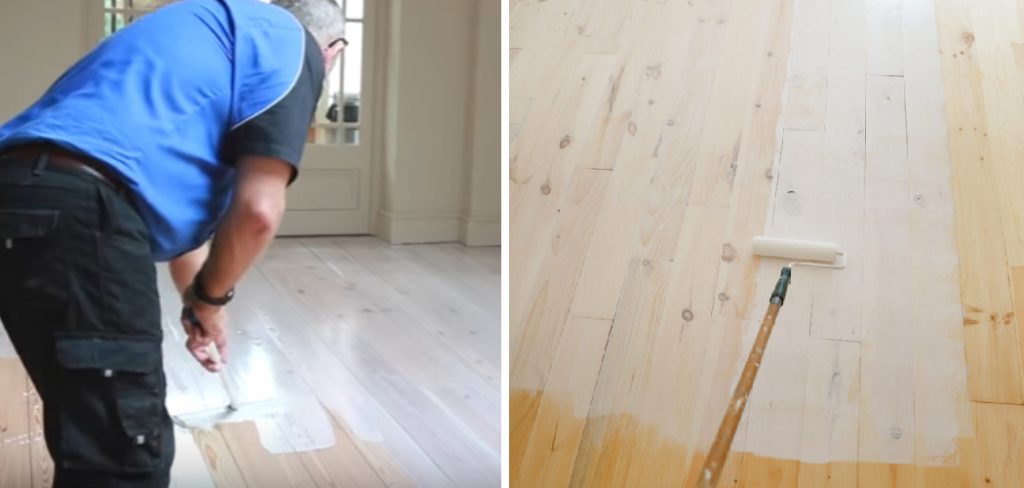
In this blog post we’ll provide step-by-step advice on how to whitewash laminate flooring, so don’t worry if you’re not sure where to get started – by the end of this article, you’ll have all the knowledge you need!
Whitewashing is a great way to breathe new life into these surfaces, and with minimal effort can have beautiful results. In this blog post, we’ll cover how to whitewash laminate flooring so you can revamp any room in no time!
We will discuss all of the necessary materials needed to complete the project, as well as different techniques for achieving the desired outcome. Whether you’re aiming for that clean white finish or a vintage-inspired patina effect, let’s get started transforming your space!
Why May You Want to Whitewash Laminate Flooring?
1. To Add a Unique Look to Your Room
One of the most popular reasons to whitewash laminate flooring is to give your room a unique look. The process of whitewashing gives the floor a soft, aged, and worn look that can be quite eye-catching. It’s an easy way to add charm and character to any space without having to invest in all new floors.
2. To Hide Imperfections
In addition to adding a unique and interesting look, whitewashing laminate floors can also be used to hide imperfections. If you have scratches, dents, or other damage that you’d like the flooring to conceal, whitewashing can be a great way to go.
3. To Refresh an Old Floor
Finally, whitewashing laminate floors is a great option if you’re looking to give an old floor an updated look. The process can help restore some of the original beauty and will make your floor look like new again.
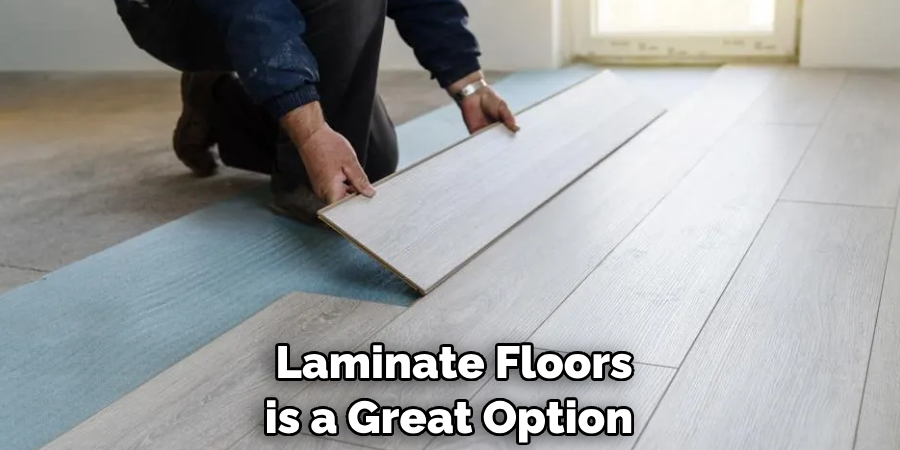
No matter what your reason for wanting to whitewash laminate flooring, it’s important that you understand how to do so properly. The process can be done relatively easily, and with the right technique, you’ll be able to get impressive results every time.
How to Whitewash Laminate Flooring in 6 Easy Steps
Step 1: Start by Preparing the Floor
The very first step is to prepare the laminate flooring. Thoroughly clean and sweep the floor, removing any dirt, dust or debris. Make sure to check between planks for built-up grime. You may also need to give the laminate a light sanding using fine grit sandpaper before moving on to whitewashing.
Step 2: Fill in Gaps and Cracks
Fill in any cracks or gaps between the laminate planks with wood filler and allow them to dry completely. Sand as needed after filling in these spaces. Also, use painter’s tape around skirting boards and other areas that you don’t want to get the paint on.
Step 3: Apply Whitewash
Mix your whitewashing solution according to the instructions provided by the manufacturer. Make sure to follow all safety precautions when handling and applying the whitewash. Use a roller or brush to apply it to the laminate flooring. If you’re looking for a more even finish, you can apply multiple layers of whitewash and allow each layer to dry before adding the next one.
Step 4: Let it Dry
Once you’ve applied the whitewash, let it sit for at least 24 hours in order for it to fully set and dry. Be careful not to walk on the floor during this time.
Step 5: Sand it Down
Once the whitewash has completely dried, you can lightly sand down the floor using fine-grit sandpaper or an orbital sander. This will help to remove any irregularities and give the floor a smoother, more even finish.
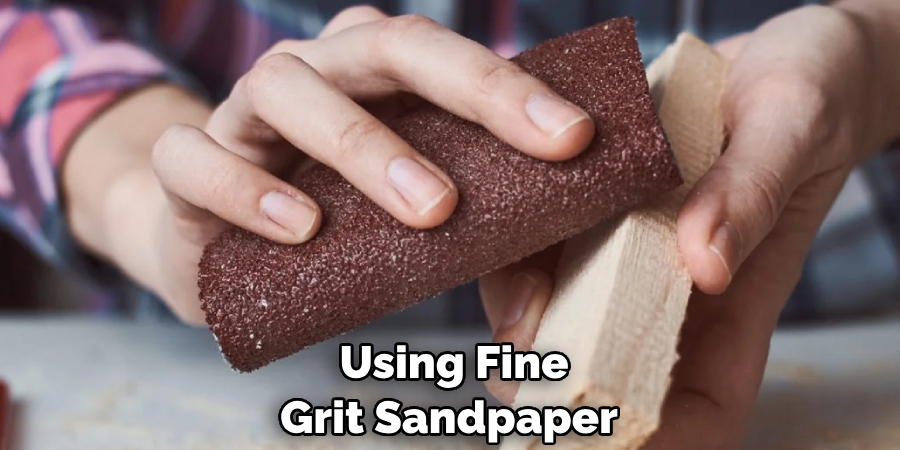
Step 6: Seal it Off
Finally, seal and protect your whitewashed laminate flooring with a coat of polyurethane sealer. This will help to ensure that the whitewash stays in place for years to come. Be sure to apply several thin coats and let them dry completely before walking on the floor. Follow the sealer’s manufacturer instructions for the best results.
Some Additional Tips to Whitewash Laminate Flooring
1. Do Not Use Water-Based Whitewash
Traditional whitewashing involves using lime, chalk, or a combination of both and water. Water-based products may cause the laminate to swell and discolor. Also make sure not to use a sealer, as this will make whitewashing much more difficult.
2. Prepare the Floor Properly
Before starting, clean the floor thoroughly with a damp cloth and vacuum away all dirt. Also, make sure to remove any nails or tacks that may be protruding from the surface of the laminate. Also, if needed, fill in any cracks or gaps with a quality wood filler.
3. Dilute the Whitewash Solution
You will need to dilute the whitewash solution to ensure it is not too strong and won’t damage the laminate. Stir together one part of water with two parts of your chosen whitewashing product and mix until it forms a paste-like consistency.
4. Apply the Whitewash Solution
Once the solution is ready, you can begin applying it to the floor. Use a paintbrush or mop for even coverage. Begin at one corner of the room and work in sections until the entire floor is covered. Allow it to dry for 24 hours before using the floor again.
5. Re-Seal the Floor
Once the floor has been whitewashed, you will need to re-seal it. Apply a few coats of sealant and allow each coat to dry before applying the next one. This will help protect the laminate from damage and keep it looking great for years to come.
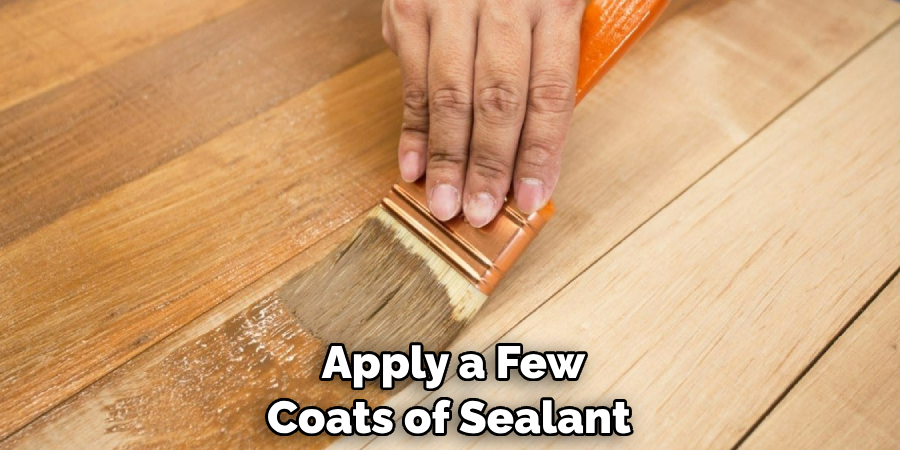
By following these tips, you can successfully whitewash your laminate flooring and give it a beautiful, unique look. With patience and care, the process should go smoothly and you’ll have a stunning result to show off. Good luck!
Frequently Asked Questions
What Precautions Should I Take Before Whitewashing Laminate Flooring?
Before whitewashing laminate flooring, it is important to consider the following safety precautions:
Make sure that you are wearing protective clothing such as gloves, long pants, and a respirator mask. Ensure that the room is well-ventilated. Open windows and use fans to keep air circulating throughout the room.
Can I Whitewash My Laminate Flooring Without Stripping It?
Yes, you can whitewash your laminate flooring without stripping it. However, it is important to thoroughly clean the surface before applying the whitewash. This will help the whitewash adhere better and last longer.
What Kind Of Product Do I Need To Whitewash Laminate Flooring?
You will need a water-based or oil-based whitewash product. It is best to use a product specifically made for laminate flooring as this will ensure that it adheres properly and won’t damage the surface. Make sure to read all instructions carefully before starting your project.
Can I Use A Brush Or Roller To Whitewash My Laminate Flooring?
Yes, you can use either a brush or roller to apply the whitewash product. It is important to use a quality brush or roller with fine bristles for the best results. Make sure to work in small sections and avoid leaving any streaks on the floor.
Do I Need To Apply A Top Coat After Whitewashing?
Yes, it is recommended to apply a top coat after whitewashing your laminate flooring. This will help to protect the surface from scratches and wear and tear. Make sure that you use a top coat that is compatible with the whitewash product that you are using.
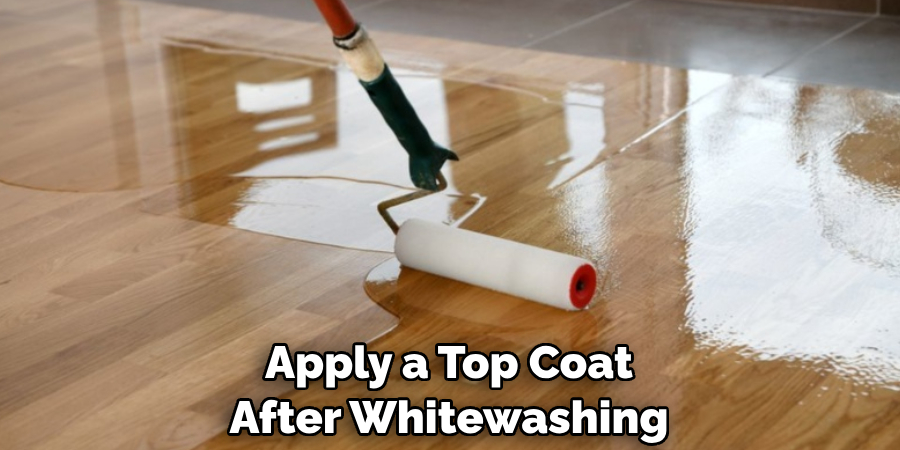
Is There Anything I Should Avoid When Whitewashing Laminate Flooring?
Yes, there are a few things to avoid when whitewashing laminate flooring. Avoid using abrasive cleaners or scrubbing pads as this can damage the surface of the flooring. Also, make sure to avoid using too much product as this can leave streaks and uneven patches on the floor.
How Long Should I Wait Before Walking On Whitewashed Laminate Flooring?
It is best to wait at least 24 hours before walking on whitewashed laminate flooring. This will give the product plenty of time to dry and adhere properly. Make sure that the surface is completely dry before putting any furniture or objects back in the room.
Do I Need To Wax My Laminate Floor After Whitewashing?
No, waxing is not necessary after whitewashing laminate flooring. Wax can give the surface of the floor a glossy finish, but it may also leave streaks and uneven patches. It is best to avoid using wax on your whitewashed laminate flooring.
Conclusion
Now that you know the steps about how to whitewash laminate flooring, get creative by reimagining the look and feel of old laminate floors. Consider experimenting with bleeding techniques to create a two-tone effect or specialized colors for certain rooms. You can achieve endless possibilities with whitewashing and it all starts with a bit of simple preparation and the right materials.
Through the right combination of time, effort, and enthusiasm, you can turn your laminate flooring into something entirely different from its original form! As always, remember to wear protective gear when handling harsh chemicals, sanding supplies, or cleaning solutions! Whitewashed floors can transform any room into the stunning space that you have always desired – and now you know how to do it.
